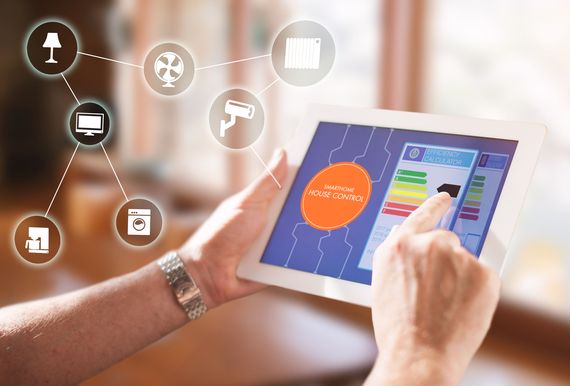Short overview of the GREAT project including information about partners, goal and modules
Detailed information about the project in a compact PDF brochure

The aim of the GREAT project is to develop, implement and validate as well as get ready for the market an intelligent, modular, persuasive ambient system to prepare PwD for new or changing activities during the day and thereby assist the care recipients as well as the caregivers. The solution will include light, sound and scent modules for creating room ambiences and address the following topics:
The innovative approach of our proposal allows for time cycle definitions similar to the concepts of a sleep cycle timer. Backed by automated learning algorithms the simple user interface provides caregivers and older people in early stages of dementia with the possibility to define time spans in which a specific action stimulus should be prepared. Alternatively, the time span could automatically be calculated from the duration of an action. Following the conceptions of a learning feedback control system non-disruptive sensors are used to determine the mood and emotional states of present persons. The room light, sound and scent ambience is then dynamically composed accordingly to effect emotional states, mood and behaviour.
Our methodology is structured and aligned around a strong user-centred and modular approach to achieve the highest possible degree of usability and flexibility. The planned modular expansion will extend our already developed and tested lighting module with the functionalities to create comprehensive room ambiences with mood lighting, sound and scent.
We consider the iterative and modular design as a crucial factor for user acceptance and successful strategy to bring our service to market. Additionally, our concept is characterised by maintaining a lean and lightweight applicability to guarantee practical feasibility.

Our system allows individual and easy-to-use control from different user interfaces (e.g. smart phone, tablet or desktop computer) and allows selected remote access to a limited number of persons from the internet (e.g. family members, caregivers, physicians). Therefore, seniors' activity measurements and interactive elements are visualized on these user interfaces following established usability and accessibility standards (e.g. ISO 9241, WCAG 2.0) and applying a design-for-all approach. It is feasible to perform data analysis, storage, and visualisation within a protected shroud of privacy, where the sensor data are controlled by their owners. For selected data exchange the cryptographic protocols such as encryption/decryption, digital signature, and hash code are used as protection mechanisms. To provide a highly interoperable, modular and flexible system we will: